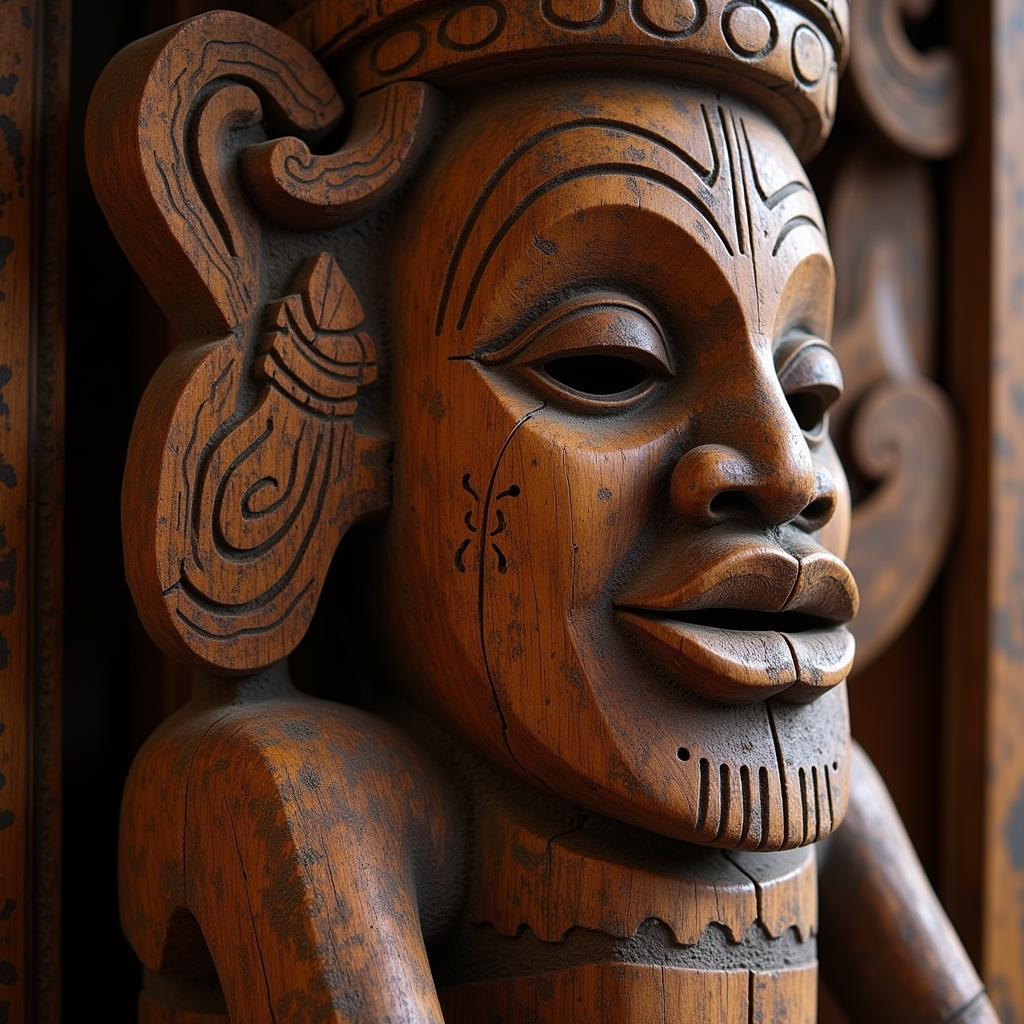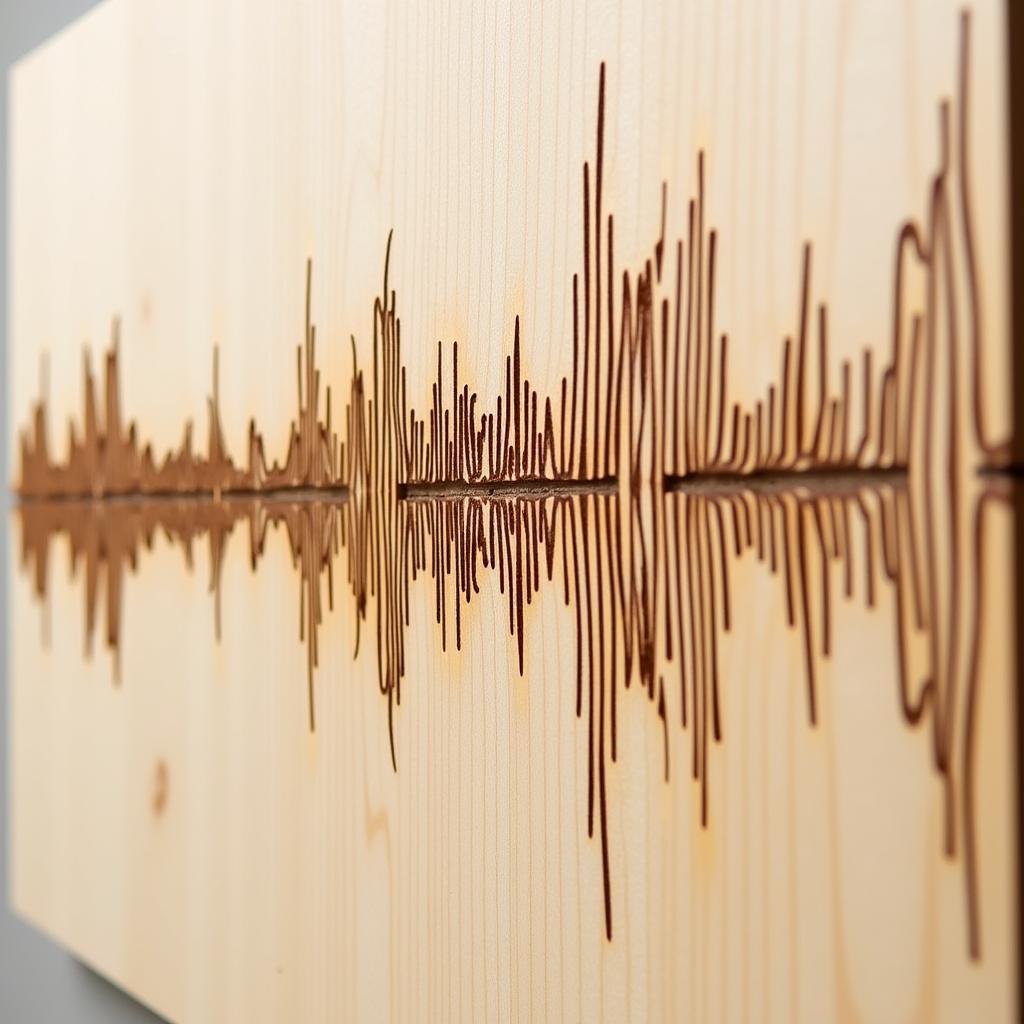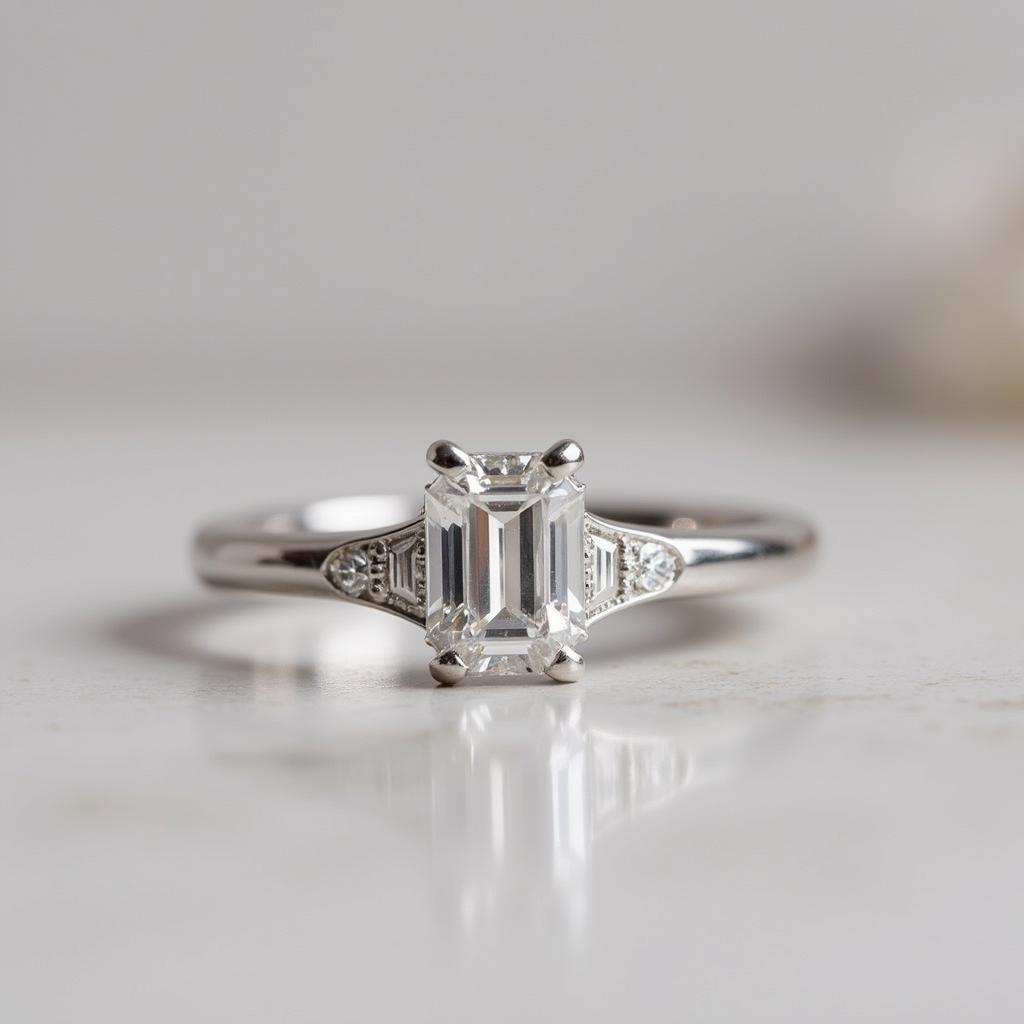Dunes Art: Unveiling the Beauty of Sand and Imagination
The vast, undulating landscapes of dunes have captivated artists for centuries. From ancient petroglyphs etched onto desert rocks to contemporary installations sculpted from windswept sand, Dunes Art encompasses a diverse range of styles, scales, and mediums. This article delves into the captivating world of art inspired by dunes, exploring its historical context, artistic techniques, and the profound connection between nature and human creativity.
A Timeless Muse: Dunes in Art History
Throughout history, artists have found inspiration in the ever-shifting forms of dunes. In ancient Egypt, depictions of sand dunes adorned tomb walls, symbolizing the boundary between life and the afterlife. During the Renaissance, European painters like Leonardo da Vinci incorporated atmospheric perspective into their landscapes, capturing the subtle gradations of light and shadow that define dune formations.
The 19th century saw the rise of plein air painting, with artists venturing into the outdoors to capture the ephemeral beauty of natural light. The Barbizon School and Impressionist painters like Claude Monet and Camille Pissarro found inspiration in the rolling dunes of coastal France, their canvases awash in the golden hues of sunset and the cool blues of twilight.
Shaping the Ephemeral: Techniques and Materials
Creating art inspired by dunes presents unique challenges and possibilities for artists. The ephemeral nature of sand, constantly sculpted and reshaped by wind and weather, requires adaptability and a deep understanding of the environment.
Some artists choose to work directly with the sand itself, using traditional sculpting techniques or employing natural forces like wind and gravity to create ephemeral land art installations. Others capture the essence of dunes through photography, painting, or drawing, employing a range of mediums to convey the textures, patterns, and light effects that characterize these dynamic landscapes.
Beyond Representation: Exploring Themes and Concepts
Dunes art often transcends mere representation, inviting viewers to contemplate deeper themes and concepts. The vastness and solitude of desert landscapes can evoke feelings of awe, introspection, and a sense of the sublime. The ever-shifting nature of sand dunes serves as a potent metaphor for the passage of time, the impermanence of life, and the constant cycle of creation and destruction.
Contemporary artists often engage with environmental concerns through their dune-inspired works, drawing attention to the fragility of these ecosystems and the impact of human activity on the natural world. Through installations, sculptures, and performance art, they raise awareness about issues like desertification, climate change, and the importance of conservation.
Conclusion
From ancient petroglyphs to contemporary land art installations, dunes continue to captivate and inspire artists across generations and cultures. Through a diverse range of mediums and approaches, dunes art offers a unique perspective on our relationship with the natural world, inviting us to contemplate the beauty, power, and fragility of these ever-shifting landscapes.





